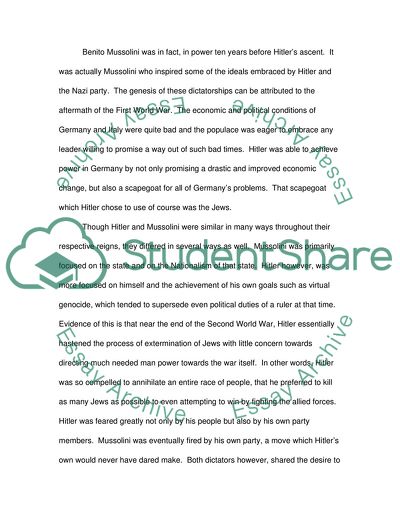Cite this document
(How Similar in Their Aims Were the Dictatorships of Hitler and Coursework, n.d.)
How Similar in Their Aims Were the Dictatorships of Hitler and Coursework. Retrieved from https://studentshare.org/politics/1714149-how-similar-in-their-aims-were-the-dictatorships-of-hitler-and-mussolini
How Similar in Their Aims Were the Dictatorships of Hitler and Coursework. Retrieved from https://studentshare.org/politics/1714149-how-similar-in-their-aims-were-the-dictatorships-of-hitler-and-mussolini
(How Similar in Their Aims Were the Dictatorships of Hitler and Coursework)
How Similar in Their Aims Were the Dictatorships of Hitler and Coursework. https://studentshare.org/politics/1714149-how-similar-in-their-aims-were-the-dictatorships-of-hitler-and-mussolini.
How Similar in Their Aims Were the Dictatorships of Hitler and Coursework. https://studentshare.org/politics/1714149-how-similar-in-their-aims-were-the-dictatorships-of-hitler-and-mussolini.
“How Similar in Their Aims Were the Dictatorships of Hitler and Coursework”. https://studentshare.org/politics/1714149-how-similar-in-their-aims-were-the-dictatorships-of-hitler-and-mussolini.


